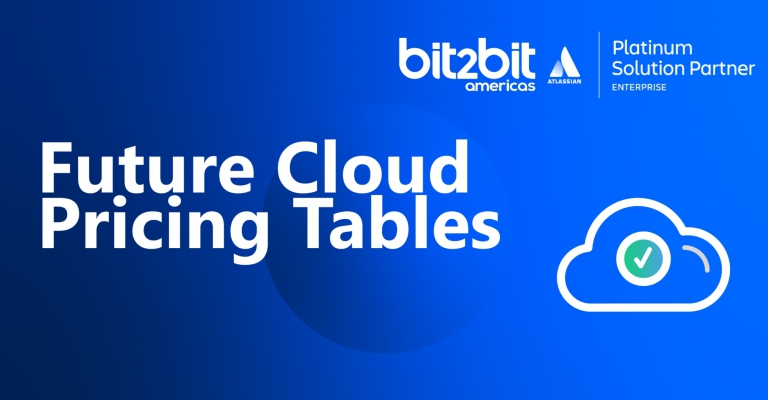bit2bit Americas es el Atlassian Platinum Enterprise Solution Partner que asesora equipos en Latinoamérica para mejorar sus servicios y procesos ITSM. Si tienes consultas antes del webinar, por favor envíalas a info@bit2bitamericas.com
Por favor complete el formulario para acceder a la grabación del webinar:
bit2bit Americas es el Atlassian Platinum Enterprise Solution Partner que asesora equipos en Latinoamérica para mejorar sus servicios y procesos DevOps. Si tienes consultas, por favor envíalas a info@bit2bitamericas.com




